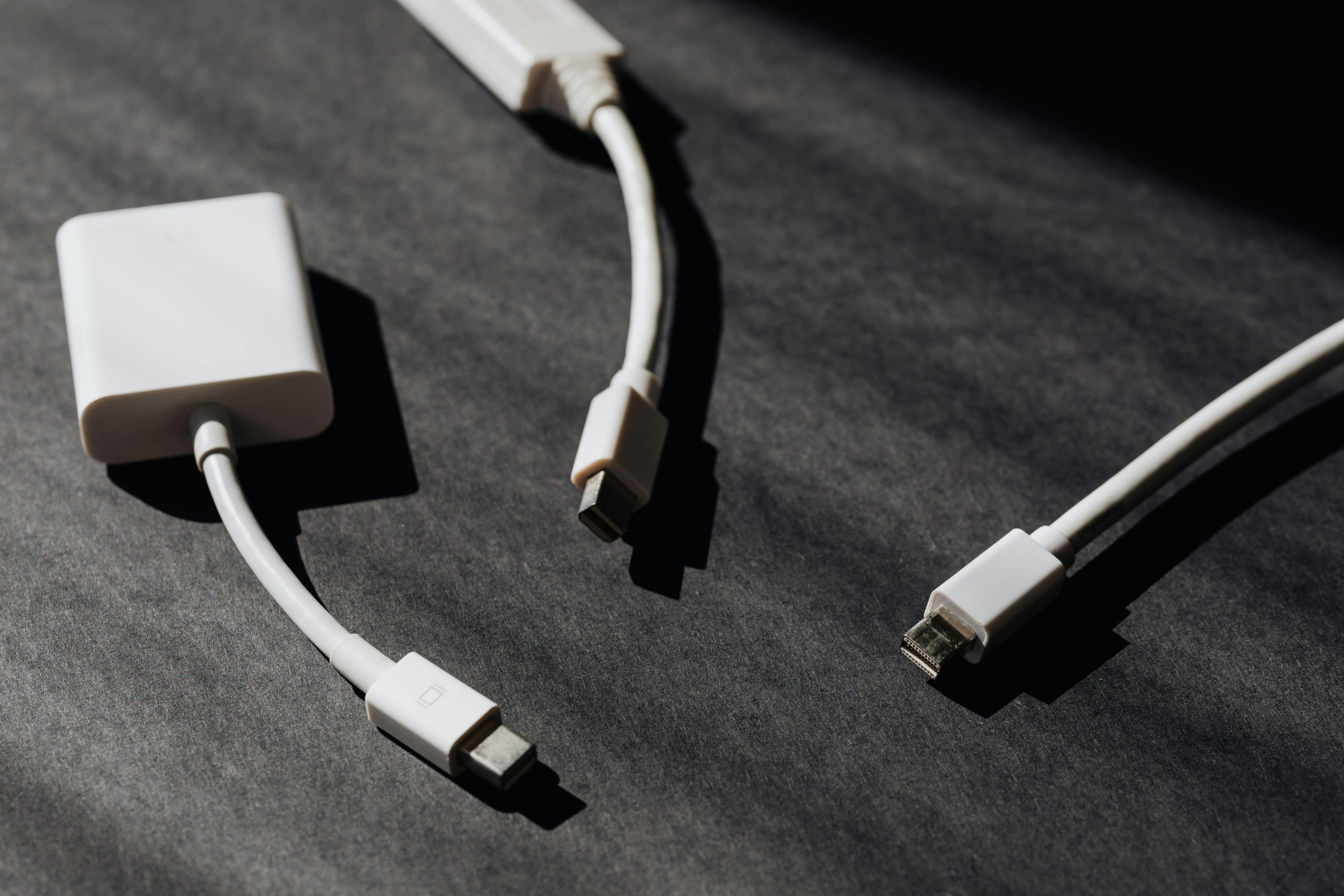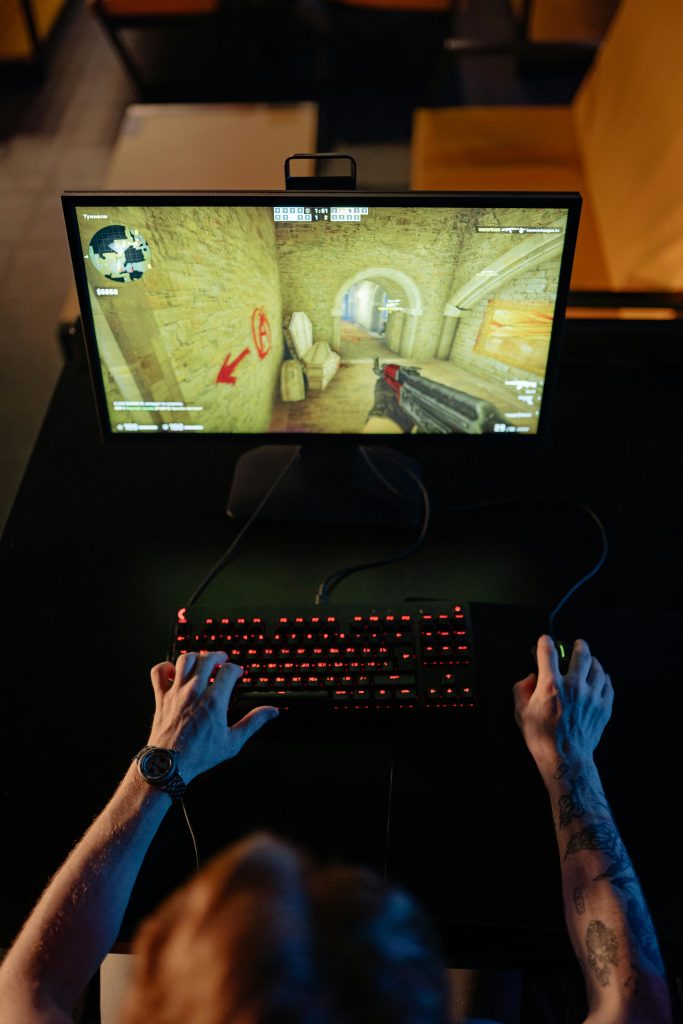Troubleshooting Discrepancies in Internet Speed on Your PC: A Professional Guide
In today’s digital age, reliable internet connectivity is essential for work, entertainment, and communication. However, many users encounter frustrating issues where their desktop PC experiences significantly slower internet speeds compared to other devices within the same network. If you find yourself facing this problem, you’re not alone, and there are systematic steps you can take to diagnose and improve your PC’s internet performance.
Understanding the Issue
It’s common to notice that a PC connected to the same Wi-Fi network as smartphones or laptops may display drastically different download speeds. For instance, while your mobile device or laptop might enjoy speeds of 500 Mbps or higher, your desktop may only achieve around 20 Mbps. Such discrepancies can be perplexing, especially when your internet plan promises speeds of up to 1 Gbps.
Factors Contributing to Slow PC Internet Speed
Several elements can cause a desktop PC to underperform in internet connectivity:
- Hardware Limitations: Outdated or faulty network adapters can impact speed.
- Wi-Fi Interference: Physical obstructions or interference from other electronic devices can degrade Wi-Fi signals.
- Driver Issues: Outdated or corrupted network drivers can hamper performance.
- Software Conflicts: Background applications or malware may consume bandwidth or interfere with network functioning.
- Configuration Settings: Incorrect network settings can limit throughput.
Step-by-Step Troubleshooting Guide
-
Verify Network Hardware and Settings
-
Check Wi-Fi Adapter Compatibility: Ensure your network adapter supports high-speed connections—preferably 802.11ac or ax standards.
- Update Network Drivers: Visit the PC manufacturer’s website or the network card manufacturer’s site to download and install the latest drivers.
-
Reset Network Settings: Use Windows’ built-in network reset feature to refresh network configurations.
-
Assess Signal Strength and Interference
-
Positioning: Ensure your PC is within a good range of the Wi-Fi router with minimal obstacles.
-
Change Wi-Fi Channels: Use tools like Wi-Fi Analyzer to identify less congested channels and switch accordingly.
-
Test Internet Speed with Different Configurations
-
Use Speed Test Tools: Regularly monitor speeds on your PCとother devices using trusted tools (e.g., Ookla Speedtest).
- Test via Ethernet (if possible): Even if an Ethernet cable isn’t permanently connected, temporarily connect the PC directly to the router to
Share this content:



